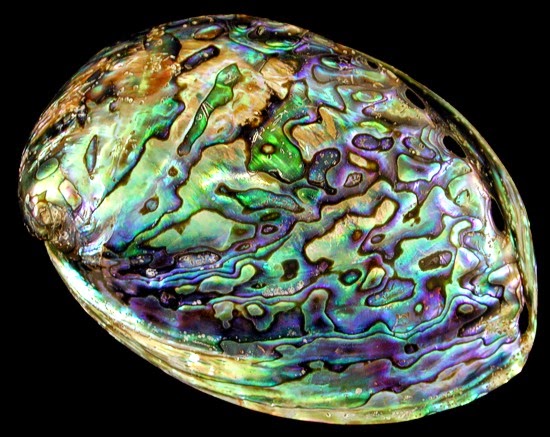Research
www.sleightlab.com

--------------------------------------------------------------------------------------------------------------
The evolutionary development of skeletal tissues in marine organisms
My research addresses the fundamental mechanisms by which marine animals produce, maintain, repair and evolve skeletal tissues. I use a combination of approaches including molecular, cell, developmental and evolutionary biology, as well as genomics, transcriptomics, proteomics and advanced microscopy to understand how and why skeletons are patterned, made and repaired in vertebrate and invertebrate marine organisms.
Projects:
Molluscan biomineralization: development, repair and evolution
The slipper snail Crepidula fornicata is an emerging model system to study developmental questions in the Spiralia. As a Whitman Fellow at the Marine Biological Laboratory in Woods Hole USA, I use slipper snails to to dissect the molecular and cellular basis of molluscan biomineralisation and repair. By adopting a comparative approach within the Crepidula genus, I also yield insight on the microevolution of these processes.
 |
| C. fornicata veliger larvae, shell stained with alizarin red |
Development of gill arch appendages: insights into the origin of paired fins
Over a century ago, Carl Gegenbaur proposed that the jaws and fins of vertebrates were derived members of a primitive series of gill arches. For my postdoctoral project in the Gillis lab, I am investigating and comparing the embryonic origin and patterning of the vertebrate gill arch and paired fin skeletons, in order to test Gegenbaur’s controversial hypothesis of serial homology.
 |
| The little skate head skeleton |
The molluscan shell secretome: unlocking calcium pathways in a changing world
Our climate is changing and so, too, are our oceans, they are warming and becoming more acidic. Marine calcifiers, such as molluscs, are under threat as the ability to extract carbonate ions to incorporate into shell may be compromised as oceanic pH drops. As a PhD student at the British Antarctic Survey, and now as a postdoctoral visiting scientist, I use environmentally and economically relevant species to understand mechanisms of biomineralisation in order to make predictions on how these important calcifiers will fare in a changing world.
 |
| Antarctic clam shell Blunt gaper clam shell |


Comments
Post a Comment